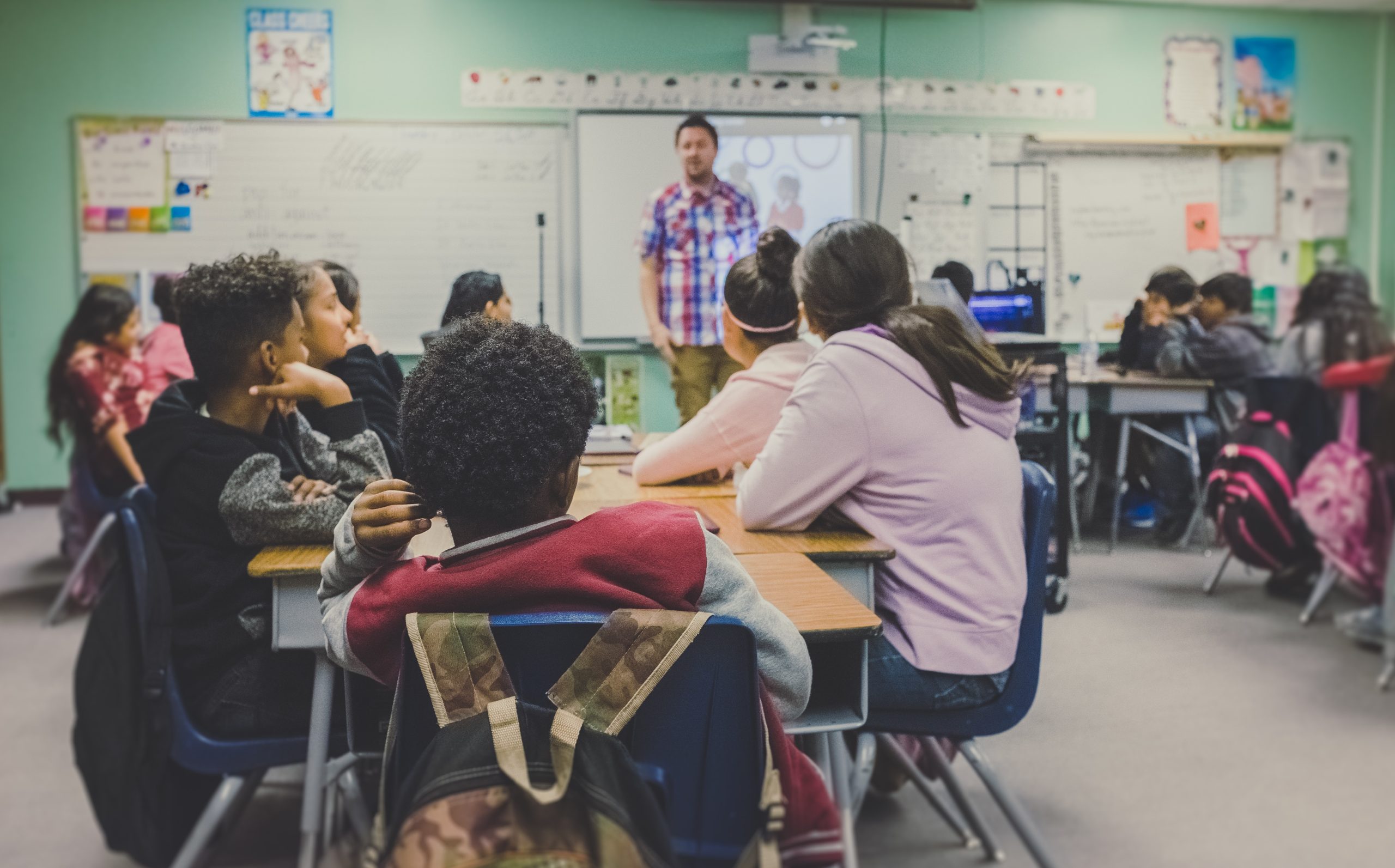Are you studying to become a history teacher, or perhaps you’ve recently started to teach history at the school level? Either way, you’ll hear most of your students complain about how boring this subject is. They won’t find history intriguing because they think it’s only lectures about people who aren’t alive.
The thing is, students unfortunately can’t relate to the historical events, which leads them to dislike the subject. That’s why, as a teacher, you are responsible for making history class exciting, engaging, and fun.
In this blog, we will discuss a few ways you can make your students appreciate history more.
#1. Field Trips to Historical Sites
The education necessary for teaching history requires you to learn a blend of innovative historical content to gain unique pedagogical knowledge. The coursework for a Bachelor’s and Master’s in History Education degree compels you to think critically. Moreover, it challenges your beliefs or ideologies about the past.
At some point in your educational journey, you’ve probably thought that visiting a historical site would be beneficial to gather data for your assignment. Due to this, you gained some theoretical and practical knowledge that helped you succeed in your career.
The same goes for your students. Even though you cannot regularly take your class outside, you can still plan for quarterly trips. These can be historical landmarks, archaeological digs, museums, etc. This way, they can connect with and relate to the event better.
For example, you can accompany them to a museum, where they will gain detailed, first-hand knowledge of historical artifacts. After this trip, you can ask your students to create a history project based on the curriculum.
A field trip to historical places will help them gain awareness about past events and pique their curiosity.
#2. The Multimedia Approach
According to Science Direct, students considered multimedia an efficient and effective practical learning tool. Hence, using this resource in history class will be beneficial. For example, combining visual materials and audio is an educational way to engage with the class when they are bored.
These materials can be films, artwork, trivia, games, maps, books, and documents. After showing them visual media, you can introduce census records, maps, and other data to help them relate to something tangible.
Pro Tip: Remember to check the content to ensure it doesn’t have any unsuitable visuals.
#3. Transform the Class Into a Group Discussion Session
Once your students have watched a movie and looked through tangible resources, you can schedule a discussion session. These can involve reenactments of characters or events. For example, they can portray their favorite characters and discuss how to handle similar situations in the present day.
Doing so will truly make the history class come alive. This way, your students can relate to historical events and understand their effects on modern society. You can also host debates to help the class gain a better understanding of past events by voicing their opinions.
For example, you can choose the topic of Native American warfare. Then, you can combine a film screening of the westward expansion in American history to show how land contracts led to the government building railroads.
#4. Take Advantage of the Mnemonic System
History teachers cannot force the class to learn detailed events while being able to correlate them with specific dates. Similarly, most students are unable to memorize them because they are unconnected bits of information. That’s when a mnemonic system comes into play.
Many teachers believe the mnemonic system can help students remember and memorize numeric information. It’s a memory technique that’s based on the association of numbers with letters and idea patterns. This approach can help them remember numbers in the right order.
According to Verywell Mind, you can use keyword, musical, letter, and rhyme mnemonic approaches to help your students learn. Learning through a mnemonic system can boost the student’s capacity to retain information. Moreover, they’ll soon become excited about learning new things in class.
In conclusion, history is a fascinating subject that every student should love studying. As a teacher, you must help them understand how fun this subject is.
Technically, studying history will help your class understand how the world has changed due to past mistakes. They can learn about ancient civilizations, revolutions, civil wars, etc.
But how do you help them understand the importance of learning this subject? As mentioned in the blog, you can use the multimedia approach, take them to historic sites, and have group discussions to make the subject interesting. This way, your students will understand that the past played an important role in creating our modern world.
Avid Writer with invaluable knowledge of Humanity!
Upcoming historian with over 30 million views online.
“You make your own life.”



